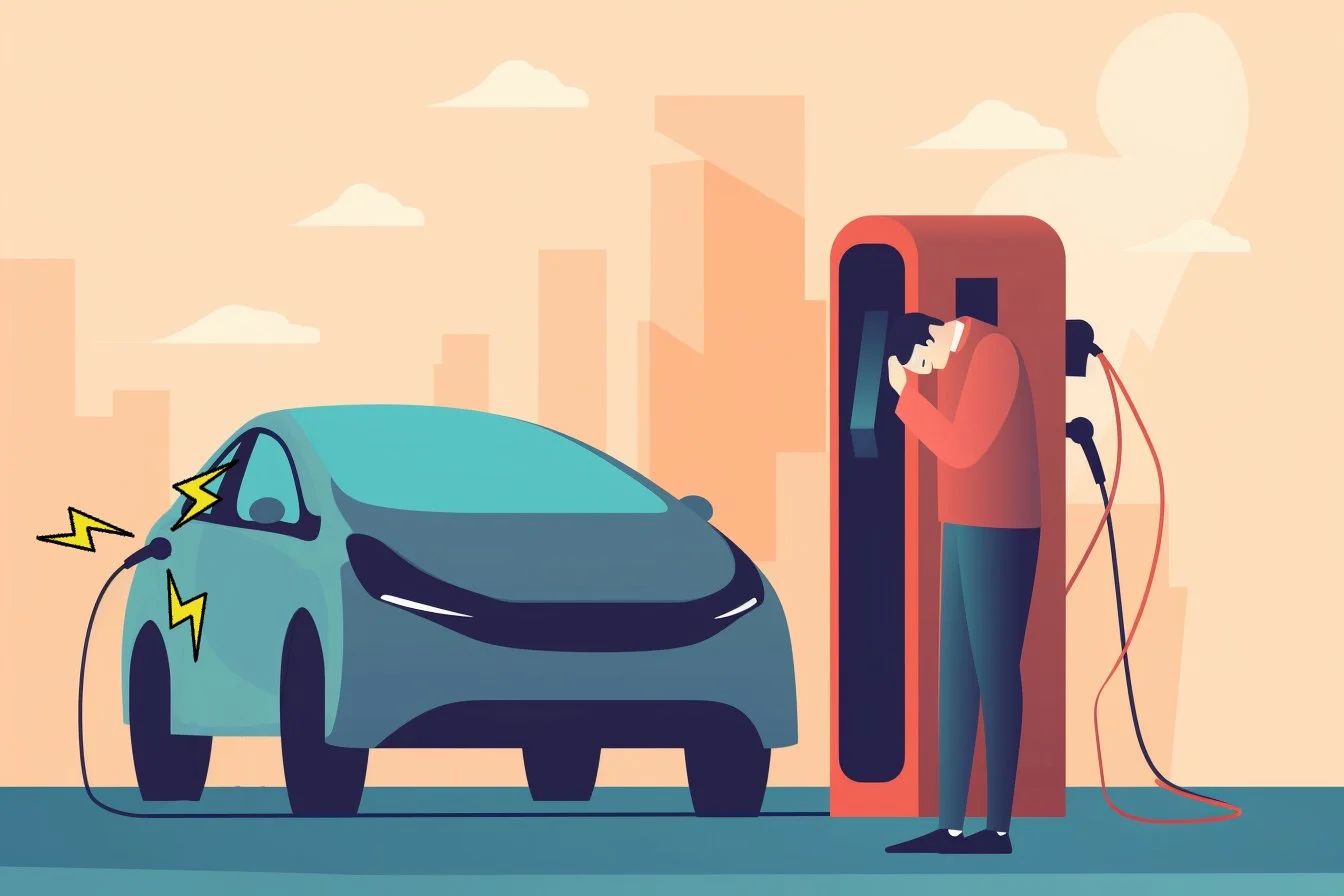The Real Cost of Going Electric: Part 3 - The Charging Standards Problem
In the previous two posts, we discussed the challenges of switching to electric vehicles (EVs), starting with the environmental impact from manufacturing the vehicles and batteries. In this post, we will focus on another issue that affects the EV adoption: the lack of uniform charging standards.
One of the main advantages of EVs is that they can be recharged from various sources of electricity, such as home outlets, public charging stations, or even renewable energy sources. However, this also means that there are different types of charging equipment, connectors, and protocols that are not always compatible with each other. This can create confusion, inconvenience, and frustration for EV drivers who want to charge their vehicles on the go.
There are three categories of charging equipment based on how quickly each can recharge a car’s battery: Level 1, Level 2, and DC Fast Charging (Learn More 1). Level 1 uses a standard 120V outlet and can add about 5 miles of range per hour of charging. This means that you can charge just 60 miles over a 12hr period, so if your daily commute is longer than 60 miles this solution will be difficult and require you to basically be charging any time the car is not on the road.
Level 2 uses a 240V circuit and can charge about twice as fast depending on the vehicle and the current. DC Fast Charging uses a high-voltage direct current (DC) and can charge up to 80% of the battery in less than an hour.
However, not all EVs can use all types of chargers. For example, some EVs do not have DC Fast Charging capabilities, while others have different connectors for it. There are three types of fast charging ports: CHAdeMO, CCS, and Tesla. CHAdeMO is a Japanese standard that is used by some Asian automakers, such as Nissan and Mitsubishi. CCS (Combined Charging System) is a European standard that is adopted by most American and European automakers, such as Ford and Volkswagen. Tesla has its own proprietary standard that is only compatible with its own vehicles and Supercharger network.
This means that an EV driver who wants to use a public charging station has to make sure that the station has the right type of connector and protocol for their vehicle. Otherwise, they may need to use an adapter or find another station. This can be inconvenient and time-consuming, especially if the driver is in a hurry or in an unfamiliar area. Moreover, some charging stations may require different payment methods or memberships, which can add to the hassle.
The lack of uniform charging standards also affects the development and deployment of charging infrastructure. Different standards may require different equipment, installation, maintenance, and operation costs. This can create barriers for potential investors and operators who want to provide charging services to EV drivers. It can also limit the availability and accessibility of charging stations in some areas or regions.
To address this issue, some efforts have been made to harmonize the charging standards and promote interoperability among different systems. For example, the International Electrotechnical Commission (IEC) has developed a global standard for EV charging called ISO 15118 (Learn more 2), which aims to enable seamless communication and authentication between EVs and charging stations. Some automakers have also agreed to cooperate and share their charging networks with each other, such as the Electrify America initiative in the US or the Ionity consortium in Europe (Learn More 3).
However, these efforts are still not enough to achieve a universal charging standard that can be used by all EVs and chargers. There are still technical, economic, and political challenges that need to be overcome. For example, some automakers may prefer to keep their own standards to maintain their competitive edge or customer loyalty. Some countries or regions may have different regulations or preferences for their charging infrastructure. Some consumers may have different expectations or habits for their charging behavior.
Therefore, it is unlikely that there will be a single charging standard for EVs in the near future. Instead, there will likely be a coexistence of multiple standards that will require more coordination and cooperation among different stakeholders. This will pose some challenges for EV drivers who want to enjoy the convenience and flexibility of charging their vehicles anywhere and anytime.
In conclusion, charging standards are one of the key factors that affect the adoption and performance of EVs. There are different types of chargers and connectors that are not always compatible with each other. This can create problems for EV drivers who want to charge their vehicles on the go. To solve this issue, some efforts have been made to harmonize the standards and promote interoperability among different systems. However, there are still many challenges that need to be overcome before achieving a universal charging standard for EVs.
Instead of maintaining expectations that these charging standard problems will be resolved in a timely manner, Woodland BIO supports a hybrid approach to decarbonizing transportation. One that includes developing the pathways for producing Sustainable Vehicle Fuels (SVFs) that can immediately improve the sustainability of our existing vehicles and distribution infrastructure without the need for expensive and time-consuming switches in how we operate.
In the next post, we will discuss another aspect of EVs that is often overlooked: their impact on the grid.
Sources:


